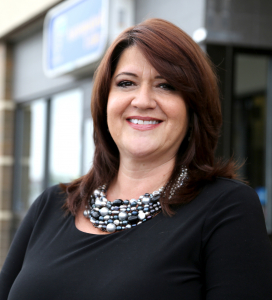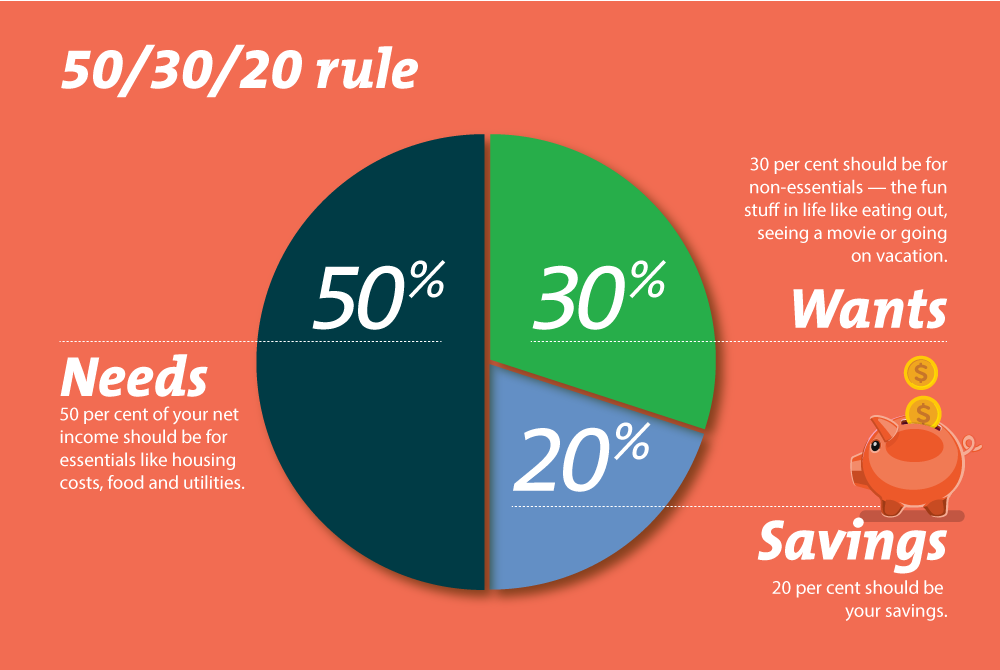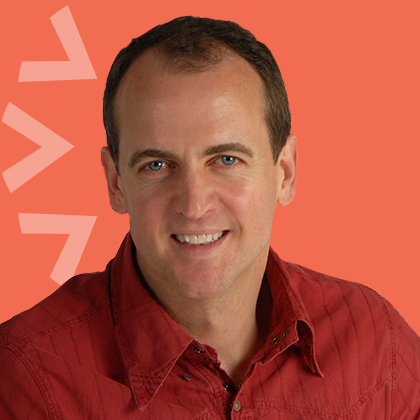Budgeting 101: How much should I actually be saving?
Why do many of us find it so difficult to save? Shockingly, a recent survey revealed that almost half of all Canadians only have one month or less of emergency savings. Worse, the results showed that 26 per cent of us have nothing saved at all for emergency situations. And when it comes to retirement, the results are equally low — with 32 per cent of Canadians approaching retirement having zero savings.
Why is saving so hard and how can we get started?

Bianca Selby, Branch Manager at Assiniboine Credit Union Garden City, helps clients improve their financial futures every day, and has seen the benefits of developing good saving practices. To help guide clients, she shares her tips on how much money we should be saving, what goals we should set for ourselves and how to save effectively.
A savings rule of thumb
Many financial advisors promote the 50/30/20 rule when it comes to saving.
To follow this rule, 50 per cent of your net income should be for essentials like housing costs, food and utilities. The 30 per cent should be for non-essentials — the fun stuff in life like eating out, seeing a movie or going on vacation. The final 20 per cent should be your savings.

For some people, especially those with student debt, the idea of saving 20 per cent of their income can seem impossible. So instead, they end up saving nothing,” says Bianca.
A gradual approach to getting into a saving routine could be the answer. “It can be a lot easier to start small, with just five per cent of your wages. As this becomes easier, or when you get a pay rise, you can increase the amount.”
Set your savings goal
It’s really important to have a clear idea of why you’re saving. Are you saving for something in particular, such as a new car or a down payment on your first home? Are you saving to take a training course or for a family member’s education? Do you want to go on a dream vacation or are you saving for your retirement?
Whatever the reason, it’s important to know the goal and set a plan of action so you know how much money you should be saving. While long-term savings could require a little help from an advisor, short-term investment goals are easier to figure out.

To determine your monthly savings goal, you only need to do some basic calculations. For a down payment on a home, as an example, you need between five to 20 per cent of its selling price, plus closing costs (your realtor can provide accurate figures). Once you work out that down payment figure, divide it by your time goal (the maximum number of months you want to have the money saved) and that is your monthly savings goal.
| Down payment needed | $30,000 |
| Want it saved in 2 years | ÷ 24 months |
| Monthly savings goal | = $1,250 |
Retirement saving is a little more complex
It’s a huge advantage to start retirement saving early. “For a young person starting out, the earlier you begin saving for retirement, the longer you will benefit from compound interest, where you earn interest on interest,” says Bianca. “Over time, your money grows much faster.”
But how much money, exactly, should you be saving every month to ensure financial security in your golden years?
Online tools such as the ACU Retirement Planner can be helpful.
Simply enter basic information about yourself, such as your age, when you want to retire and how much income you want at retirement. The planner then tells you how much you need to save every month to reach your goals.
The savings products to help you along the way
There is a wide range of savings products available that you may consider using. High interest savings accounts and Guaranteed Investment Certificates (GICs) give the flexibility and accessibility you need for short-term goals.
For down payments, I recommend Registered Retirement Savings Plan accounts (RRSPs),” says Bianca. “You get a tax break, can draw on them for a down payment and you have 15 years to repay.”
For longer-term savings, it’s often beneficial to look towards mutual funds, stocks and bonds that can all help your money grow at faster rates. Yet, it’s important to know how the ups and downs of the market can factor into the equation.
“With higher return products, there’s always a higher risk,” warns Bianca.
“But when you start saving at a young age, you have many years in front of you. The chances are the market will recover from any downturn long before you retire.”
The key to making higher returns is to invest your savings in an account that has the ability to grow. “Historically, stock market returns are much higher than what you earn simply from the interest within your savings accounts.”
Getting the right savings plan for you
Developing a good savings routine can be intimidating at first and feel like a big uphill climb. But it gets easier and easier, and the rewards pay off. Luckily, there are professionals that can help guide you along the journey.
No matter what your savings timeframe, short or long-term, a trained advisor can help you work out exactly how much you need to save and the most effective way to do it. With a quick appointment, you can fast-track your savings plan and map out a route to reach your goals.
Do get help working out the best savings plan for your needs, contact an Assiniboine Credit Union advisor today.
Up Next
Sustainability: How ACU is turning words into action
A hand holding a seedling
For ACU, Pride radiates outward
“I’ve always wanted to instill a change in the world for the better,” says Cristina McCourt, Financial Account Manager Trainee and member of the ACU Pride Committee, an employee-led resource…
Royal Aviation Museum travels to its final destination—with ACU’s help
A stone’s throw from the main terminal of Winnipeg Richardson International Airport you’ll find one of Canada’s hidden gems, where the airplanes are a little more exciting than your typical…




